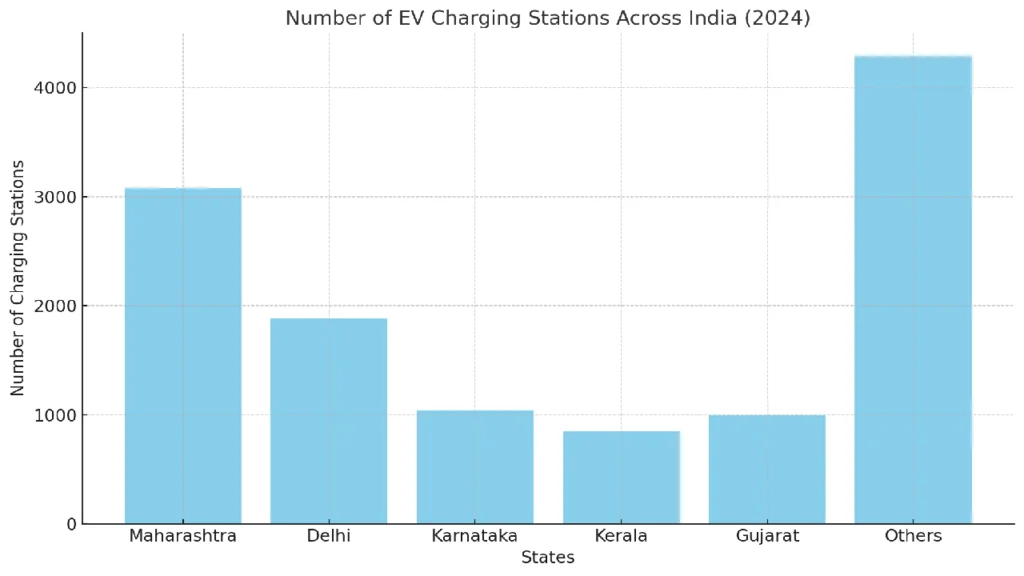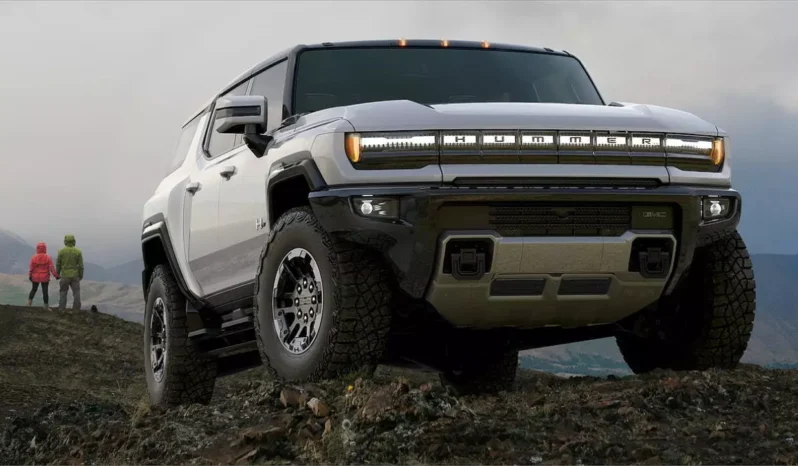Key Highlights
The arrival of the Hummer EV in India marks an exciting new chapter in the country’s electric vehicle (EV) landscape. Known globally as a symbol of brute power and off-road dominance, the Hummer has undergone a significant transformation, trading its gas-guzzling reputation for an all-electric identity. The appeal of the Hummer EV is undeniable: luxurious, powerful, and environmentally friendly, it perfectly blends status with sustainability. However, while the Hummer EV may capture the imaginations of India’s elite, a crucial question lingers—can India’s current charging infrastructure support such high-end electric vehicles?
The Promise of EV Growth in India
India is no stranger to the global shift towards electric mobility. With increasing government support, a booming EV market, and a growing awareness of environmental concerns, EVs are slowly but steadily making inroads into Indian roads. The government has rolled out ambitious plans under its Faster Adoption and Manufacturing of Hybrid and Electric Vehicles (FAME) scheme, which aims to promote EV adoption across the country. India has also set a goal to reach 30% electric vehicle penetration by 2030, aligning itself with global trends toward reducing carbon emissions.
However, the reality is that India’s charging infrastructure is still playing catch-up with its EV ambitions. While cities like Delhi, Mumbai, and Bangalore have seen a rise in charging stations, rural areas and smaller towns continue to lag far behind. The arrival of a high-performance luxury vehicle like the Hummer EV exposes the cracks in this infrastructure, highlighting the broader question of whether India’s charging ecosystem is truly ready for premium, power-hungry electric vehicles.
The Challenge: Charging the Beast
The Hummer EV is not just any electric vehicle; it’s a beast. With a massive battery pack and over 1,000 horsepower, the Hummer EV requires a substantial amount of energy to charge. Its 350-kW fast-charging capability is impressive, allowing it to add nearly 160 kilometers of range in just 10 minutes—but where in India can such power be reliably found? Fast-charging stations are still a rarity in most parts of the country. While there are over 12,146 operational public EV charging stations in India as of 2024, most of them are concentrated in major metropolitan areas and offer slower charging rates. The idea of charging a Hummer EV in a rural setting or on a long-distance road trip seems daunting under current conditions.

Even in urban areas, where charging stations are more readily available, there are questions about the grid’s ability to handle the demand from large, luxury EVs. The typical Indian EV—such as the Tata Nexon EV or the MG ZS EV—requires far less power than the Hummer EV. Charging a Hummer, therefore, places significantly more strain on both public and home charging networks. A single Hummer EV could draw the equivalent power of charging multiple smaller EVs simultaneously, raising concerns about grid capacity, load management, and even potential power outages.
Expert Opinions and Real-World Examples
Automotive experts in India have expressed cautious optimism about luxury EVs like the Hummer entering the market, but they also warn about the infrastructure bottlenecks. According to Sohinder Gill, Director General of the Society of Manufacturers of Electric Vehicles (SMEV), “while the luxury EV segment is exciting and will drive aspirational purchases, India’s focus should remain on improving the overall charging infrastructure for mass adoption.” His comments suggest that while niche products like the Hummer EV have a market, the larger ecosystem needs to evolve for them to thrive.
Looking at global examples can also shed light on the issue. In the United States, where the Hummer EV was launched, even a highly developed charging network faces challenges. Owners have reported difficulties finding chargers that can deliver the full 350 kW of fast charging necessary to take advantage of the Hummer’s capabilities. If charging infrastructure in countries with advanced networks struggles, India’s underdeveloped setup will face even steeper challenges.
A Silver Lining: Opportunities for Growth
On the flip side, the arrival of the Hummer EV could serve as a catalyst for growth in India’s EV infrastructure. Much like how Tesla’s entry into global markets pushed governments and private companies to rapidly expand charging networks, the introduction of premium EVs like the Hummer could spur innovation and investment. The high-end segment may be small, but it often drives larger trends in consumer behavior and technology adoption. India could see an acceleration in the deployment of fast-charging networks, especially in luxury markets and regions with a concentration of wealthy consumers.
Additionally, companies like Tata Power, Reliance, and Ather Energy are already expanding their EV charging networks in anticipation of future demand. In Mumbai, Tata Power is setting up multiple high-speed charging stations capable of delivering 240 kW, a step toward accommodating luxury EVs like the Hummer. If such initiatives gain momentum, India’s charging infrastructure could improve more rapidly than anticipated.
The Path Forward
The arrival of the Hummer EV in India brings with it both excitement and challenges. While it will undoubtedly find buyers among India’s wealthy class, its presence will spotlight the inadequacies of the current charging infrastructure. However, the real question is whether this high-profile launch will inspire the necessary changes in the EV ecosystem.
India has the potential to become a leader in electric mobility, but for that to happen, infrastructure must keep pace with the ambitions of both consumers and automakers. If India wants to embrace the future of luxury electric vehicles, it must act now to build the fast, reliable, and widespread charging network that cars like the Hummer EV demand.
The Hummer EV’s arrival is a wake-up call—an opportunity for India to reflect on its EV readiness and take bold steps toward a cleaner, more electric future. It is now up to policymakers, businesses, and consumers to seize this moment and ensure that India is truly ready to power the next generation of electric vehicles, no matter how big or powerful they may be.ELCTRIK Speaks






